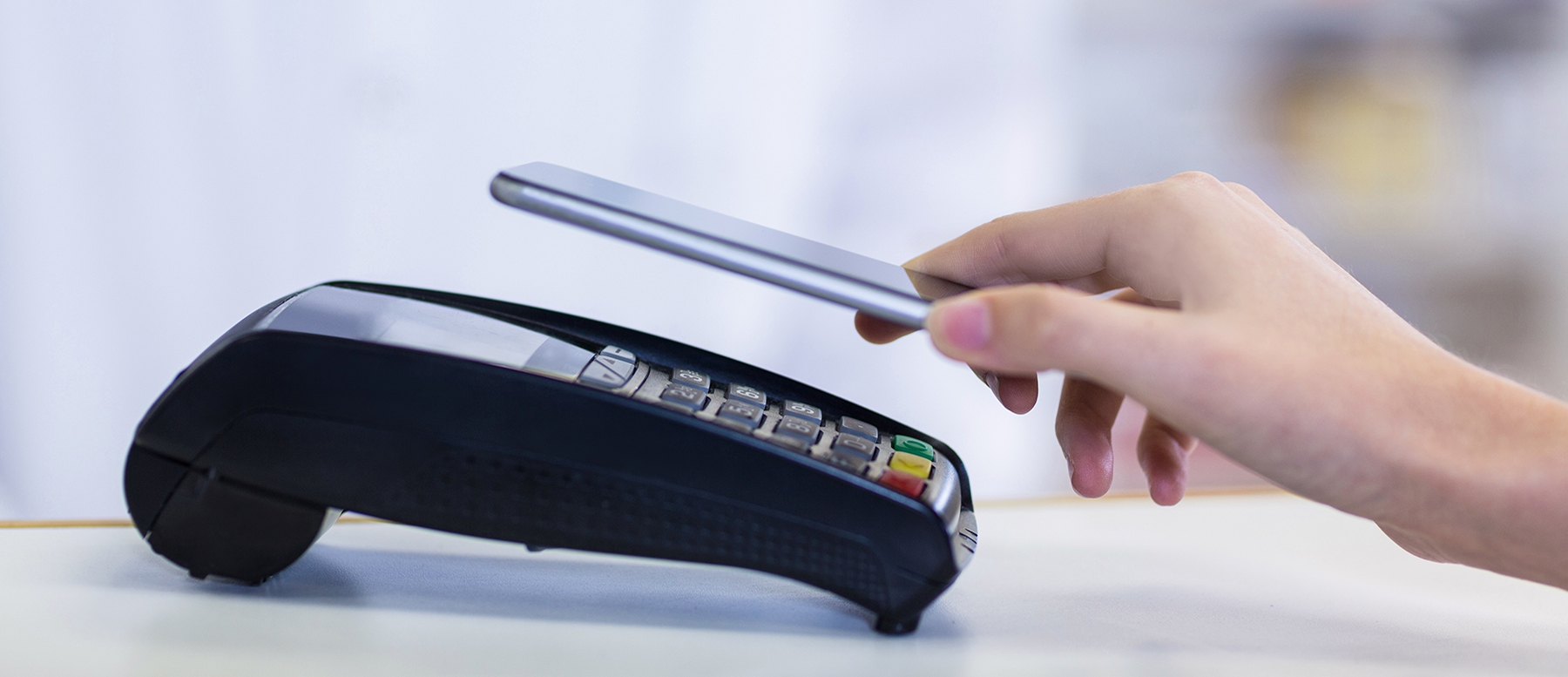Posted On: October 24, 2018 by Iowa State Bank in: General

What is a “Digital Wallet” and what does “Tokenization” mean?
With mobile phones in widespread use, the payments industry is gearing up for
a future beyond card plastic as consumer adoption of mobile-device payments steadily increases.
As Iowa State Bank gets closer to adopting digital payments for our debit and credit cards, here is an introduction about digital wallets and the technology used with them called “Tokenization”.
What is a digital wallet?
In simple terms, a digital wallet is an electronic version of the physical wallet you carry. It stores your payment information – like credit and debit cards – in an online account. When you’re making a purchase, you can use your digital wallet to provide payment information instead of presenting your plastic credit or debit card each time.
Digital wallets are more common today, but they aren’t new. PayPal became the first digital wallet when it was introduced in 1998. Then the rise of cell phones further expanded the possibilities of digital wallets.
Can I use a digital wallet on my mobile device?
That’s where mobile wallet apps come in. Basically, if you have a digital wallet on a device, that means you have a mobile wallet. Instead of carrying around your debit or credit cards, you can add them to the mobile wallet on your smartphone or tablet and pay that way. Common mobile wallet apps include Apple Pay®, Google Pay™, Samsung Pay® and others. Your device may have even come with a preloaded mobile wallet.
Follow the instructions for your specific device and app, and connect your payment information to the app to get started. Beyond credit and debit cards, you can sometimes add gift cards and even IDs as well.
How do I pay?
There’s nothing to swipe or insert at the register when you’re paying in a store with a mobile wallet. Mobile wallets allow for contactless payments, which usually involve opening your mobile wallet app and then holding your device over the payment reader. This is possible because of technology called near-field communication (NFC) that allows devices to exchange information without touching.
Why are they useful?
You probably already rely on your phone for several tasks, from communicating with friends to checking your calendar. With a mobile wallet, you can add paying for things to the list – whether you’re in a store or shopping online. Plus, you can leave your physical credit and debit cards safe at home.
You can even “wear” your wallet.
Now mobile wallets are often included on tech wearables like watches and fitness bands. Like the mobile wallets found on smartphones, wearables with mobile wallets have the same convenience and security. So now when you visit your favorite coffee shop and pay for your cup of coffee, you can do so with just a wave of your hand.
But are they safe?
With card compromises in the news recently, it’s smart to be thinking about security. Fortunately, digital and mobile wallets have features that help protect your information.
They use what’s called tokenization technology to assign a randomly generated alphanumeric ID (“token”) in place of your 16-digit account number. When you pay, the token is passed to the merchant instead of your actual account number.
More about “Tokenization”
Tokenization is a new security technology for online and digital payments that helps to prevent exposure of sensitive consumer payment account information. When used in credit card (and debit card) transactions, tokens are created to replace your card number. The token in this case would be a string of seemingly nonsensical letters and numbers, which represent your 16-digit account number. The token, rather than your actual credit card or debit card number, would be used to complete the purchases you’re making with your card.
This improves payment security immensely. In a typical credit card transaction, there are lots of opportunities for your account number to be exposed – one dishonest worker at the point of sale could see your credit card number, memorize it, and then use it to go on a shopping spree. Likewise, a hacker could skim your data at some point while it’s being processed, then sell it on an underground market.
But if a token – rather than your account number – is passing through all the systems involved in authorizing your transaction, your payment information stays safe. The token can only be “unlocked” when it has reached its final destination, the payment processor. Until then, it’s meaningless to anyone who might encounter it.
Again, it’s kind of like the tokens at the fair. If you’re carrying around leftover tokens at the mall and one gets stolen from you, the thief can’t use it to pay for a new outfit. It has no meaning or value outside of the fair.
Apple Pay, is a trademark of Apple Inc.
Android, Chrome, Google Pay, Google Play, and the Google Logo are trademarks of Google LLC.
Samsung, Samsung Pay are trademarks or registered trademarks of Samsung Electronics Co., Ltd.


0 comments